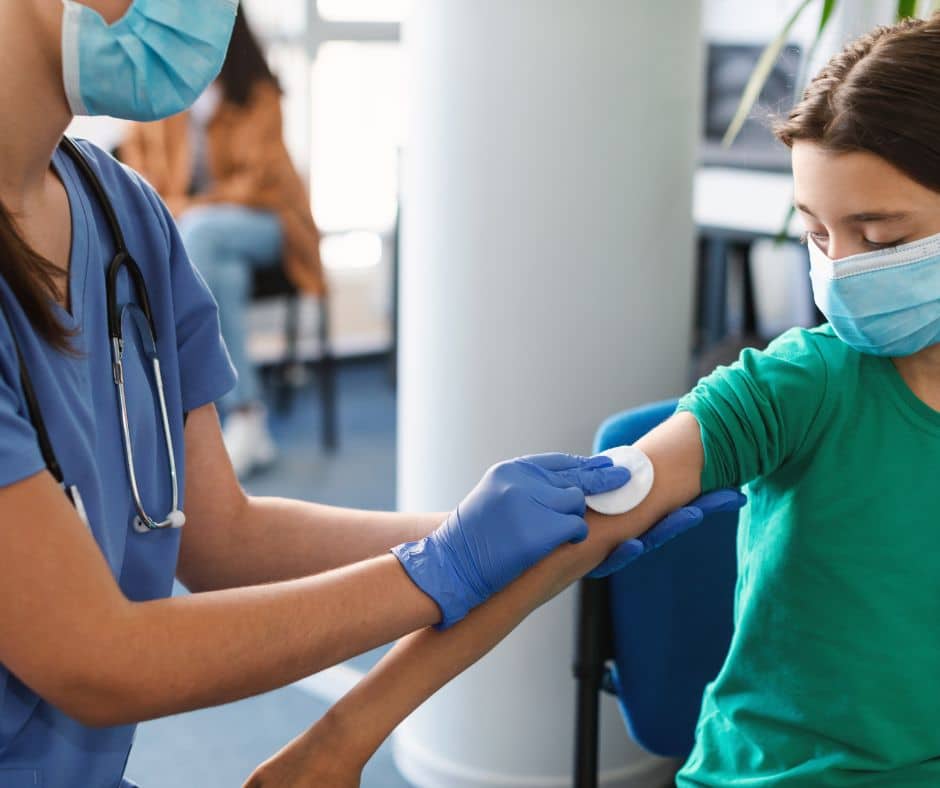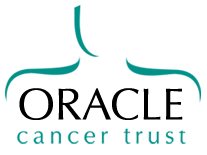HPV Vaccines: A Triumph in Cancer Prevention Unveiled by Scotland’s Cervical Cancer Report relevant for Head and Neck Cancer

In the ongoing battle against human papillomavirus (HPV) and its associated cancers, a recent report by Public Health Scotland has unveiled a monumental success story. The report, supported by the Universities of Strathclyde and Edinburgh, reveals that no cervical cancer cases have been detected in fully vaccinated women who received the HPV vaccination at age 12-13 since the program's inception in Scotland in 2008. This groundbreaking revelation not only underscores the effectiveness of HPV vaccines but also holds promising implications for the prevention of HPV-related head and neck cancers.
HPV vaccines have emerged as a beacon of hope in the field of cancer prevention. The recent report from Public Health Scotland highlights the pivotal role that HPV vaccination plays in shielding individuals from cervical cancer, a disease that has claimed the lives of countless women worldwide. The comprehensive study underscores the safety and efficacy of HPV vaccines, marking a milestone in the fight against a virus responsible for 5% of all cancers.
Link to the Public Health Scotland report: No Cervical Cancer Cases Detected in Vaccinated Women
Implications for HPV-Related Head and Neck Cancers:
While the report primarily focuses on cervical cancer, its findings carry promising implications for the prevention of HPV-related head and neck cancers. The same virus that poses a significant threat to cervical health is also linked to cancers of the head and neck, affecting both males and females. In fact, the incidence of oropharyngeal cancers in men (the type of head and neck cancer caused by HPV) has actually overtaken the incidence of cervical cancer in women. The success seen in cervical cancer prevention sets the stage for a potential decline in the rates of HPV-related head and neck cancers through vaccination, offering hope for a future where these devastating diseases are increasingly preventable. Dr Elizabeth Marsh from the University of Derby agrees: “The early data do suggest that HPV vaccines are also offering protection for HPV-mediated head and neck cancers”.
The Universality of HPV Vaccination:
HPV is not a virus that discriminates based on gender, and expanding vaccination efforts to include both males and females is crucial in the mission to reduce the overall burden of HPV-related cancers. By adopting a comprehensive and inclusive approach, we can move closer to a future where the rates of all HPV cancers are significantly diminished.
A Call to Action:
Head and Neck HPV cancers alone increased by 36.5% over the last decade.2 Oracle Cancer Trust wants your help to drive more awareness and uptake of the HPV vaccine amongst school aged children and those who are eligible for the catch up programme. Critically this includes an opportunity to eliminate a large proportion of Head and Neck cancers of the Oropharynx, Oral Cavity and Larynx. Currently HPV vaccine coverage is too low and the UK is lagging behind other Nations, such as Sweden. According to WHO data, full vaccination for boys in the UK was at 52% uptake in 2022 and girls was at 56%1.
The recent success witnessed in Scotland is a testament to the power of vaccination in the prevention of HPV-related cancers. This achievement should serve as a catalyst for country wide action, urging everyone to spread awareness and encourage uptake of the HPV vaccination programmes. By working collaboratively, we can achieve increased immunisation coverage, providing a shield against a virus that has long been associated with devastating health outcomes.
If you would like to work with us, learn more about our fundraising and campaigns to raise awareness please get in touch. info@oraclecancertrust.org
1 WHO Immunization Data: https://immunizationdata.who.int/pages/coverage/hpv.html January 2024
- (Sabatini, M.E., Chiocca, S. Human papillomavirus as a driver of head and neck cancers. Br J Cancer122, 306–314 (2020). https://doi.org/10.1038/s41416-019-0602-7)

